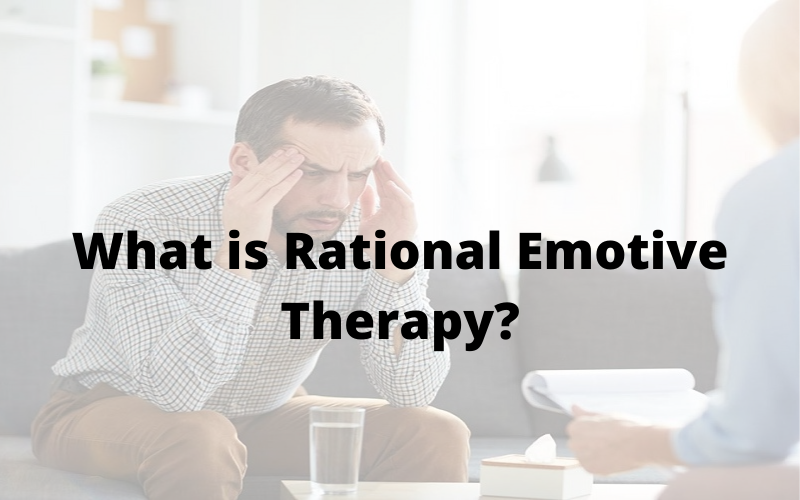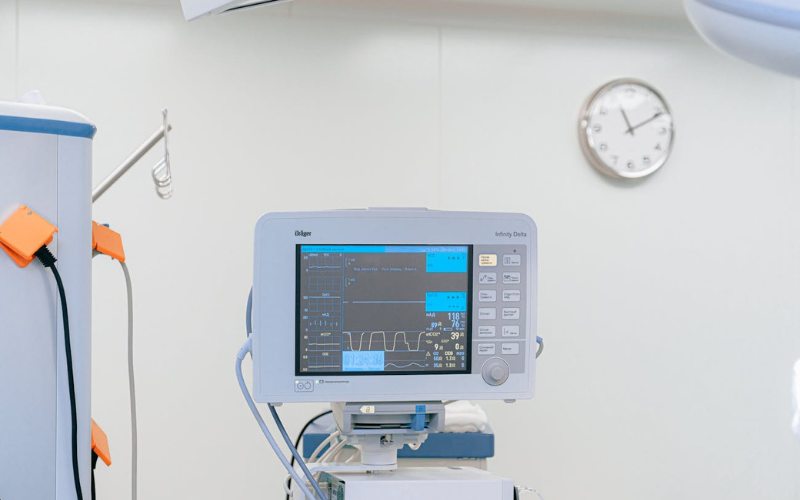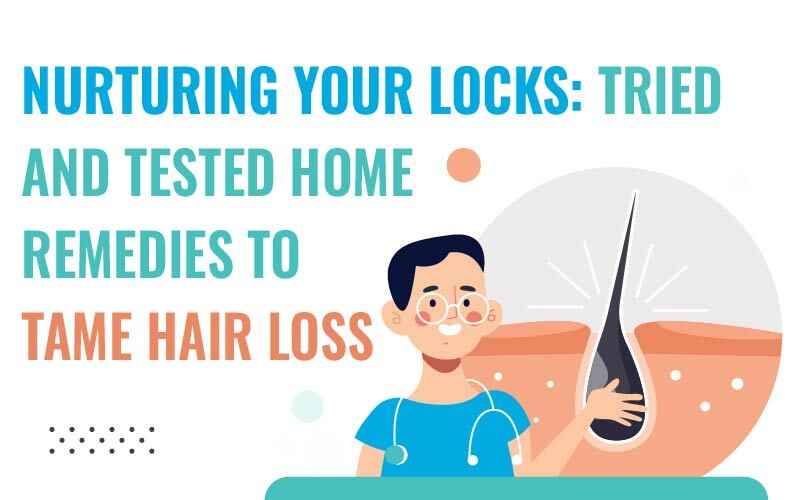Rational emotive therapy focuses on helping patients resolve behavioral and emotional problems. It was developed in the 1950s as one of the first types of cognitive behavior therapy, or CBT. Rational emotive therapy promotes the belief that when a person becomes upset or depressed, the emotions are caused by his or her own belief system and not the actual event that occurred. Dr. Albert Ellis, the creator of rational emotive therapy, determined that there is an ABC format that can teach people exactly how their belief systems lead to their emotional reactions: A) Something happens, B) You have a certain belief about the event or situation that has occurred and C) You have some type of emotional reaction to whatever your belief happens to be.
You can find the practice of rational emotive therapy in dual diagnosis treatment centers as this system seems to explain why people may have different reactions to the same situation. For example, if two different people are accused of stealing something at work, both of those individuals can have completely different reactions. One person might become infuriated at being falsely accused of a crime, while the other person might become anxious and be more concerned about losing his or her job. The reasons for the different reactions are based entirely on each individual’s beliefs about the upsetting event that just happened to them.
When patients begin rational emotive therapy, they generally complete an initial assessment with their therapist that usually involves a question-and-answer session. Some of the topics covered include medical and psychological history, family background, employment and education history, and the disclosure of any type of drug use or criminal background. All of these things help the therapist chart the best course of action for a patient’s treatment.
Therapists who use rational emotive therapy in the treatment of their patients have complete faith that the sessions will enable those patients to change their pre-programmed ways of thinking so that they will be better able to develop a tolerance for frustration or anger when faced with obstacles in life. Because of the close interaction between therapist and patient during rational emotive therapy, it is extremely important for a patient to choose a therapist with whom he or she feels entirely comfortable. Challenges will undoubtedly be faced during treatment, and the types of honest exchanges that will result are best handled when there is trust between therapist and patient.
From a clinical standpoint, rational emotive therapy has proven to be very effective and efficient at helping patients gain ownership over their emotions. In addition to its uses as an individual type of treatment, it has also proven to be quite effective when used in conjunction with other types of therapeutic practices.
For proper treatment, you can also ask your own doctor, your minister, or friends or family for help in finding the right dual diagnosis treatment center for you. You do not need to try to do it alone. You can give yourself the best chance possible to begin on a new path toward sobriety and productive life. Take the next step and find a treatment center for dual diagnosis today and get started.
Also Read: How We Should Take Care of Our Skin?




